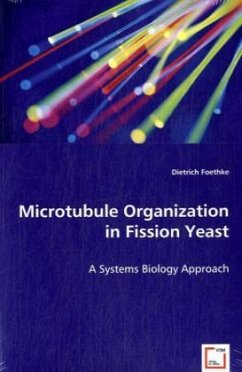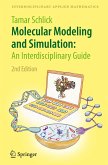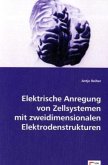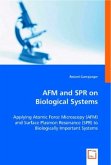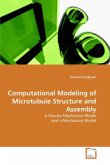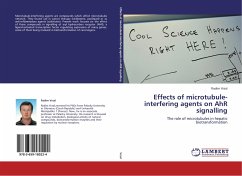In almost any eucaryotic cell microtubules are essential for a great variety of processes, including the separation of sister chromatids during cell division, the spatial organization of organelles within the cytoplasm, directed intracellular transport via motor proteins, and morphogenesis. The structure of the microtubule network and the regulation of its dynamics are therefore of utmost importance for the cell.In this work, the fission yeast Schizosaccharomyces pombe is used as a model organism to investigate how microtubule dynamics is controlled at the poles of an interphase cell. Experiments are combined with computer simulations to unravel the complicated interplay of cell shape, microtubule mechanics and regulatory proteins which enable the cell to establish and maintain its cylindrical morphology.The book is addressed to scientists and students interested in microtubules in general and in fission yeast in particular. Special emphasis is put on the biophysical simulation of cytoskeletal filaments. The book furthermore provides an introduction to microtubule dynamic instability and an overview of microtubule properties, functions and microtubule associated proteins.
Bitte wählen Sie Ihr Anliegen aus.
Rechnungen
Retourenschein anfordern
Bestellstatus
Storno

